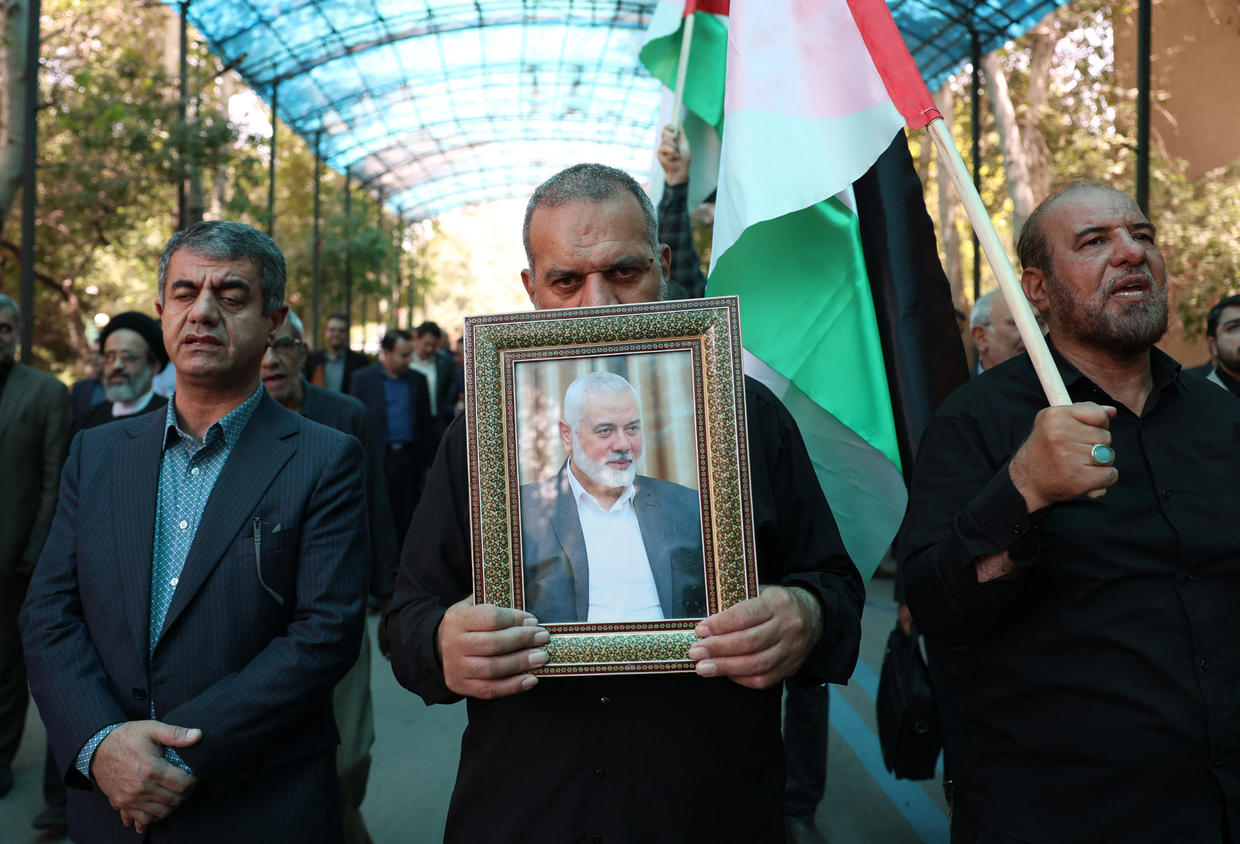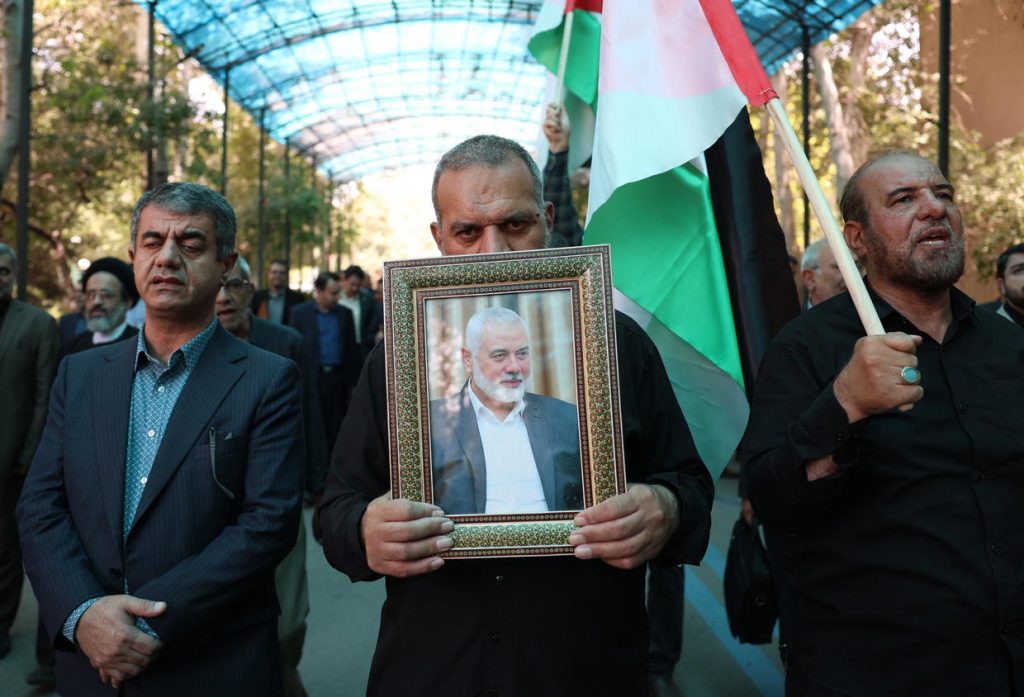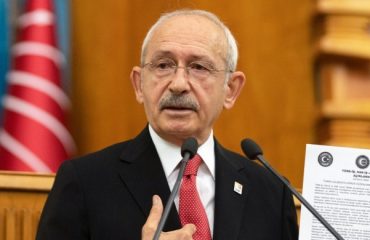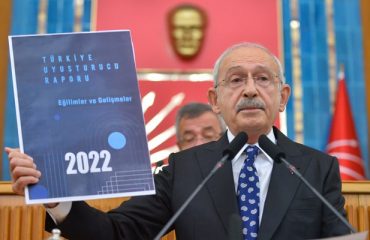

No official statement has yet been made regarding how Hamas leader Ismail Haniyeh was killed in Tehran. However, several emerging scenarios are gradually taking shape. These scenarios primarily revolve around whether the attack was carried out from external or internal sources. (Photo: AFP)
No official statement has yet been made regarding how Hamas leader Ismail Haniyeh was killed in Tehran, where he was attending the inauguration ceremony of Iranian President Masoud Pezeshkian. However, several emerging scenarios are gradually taking shape. These scenarios primarily revolve around whether the attack was carried out from external or internal sources.
On the afternoon of July 30, following the inauguration ceremony in parliament, Haniyeh went to the Veterans House in northern Tehran, where he was staying. According to statements from Iranian officials, the attack occurred around 2:00 AM on July 31.
Let’s take a closer look. Shortly after Pezeshkian’s inauguration ceremony, news from Beirut reached Tehran. Israeli jets had destroyed a building in Beirut. Israeli sources claimed they had killed Fuad Shukur, also known as Mukhlis Shukur, a Hezbollah military commander, in the air raid. Hezbollah confirmed his death two days later, on August 1. Israel held Shukur responsible for the July 27 attack in the Druze village of Majdal Shams, which resulted in the deaths of 12 children playing football.
Haniyeh must have received this news before retreating to his residence.
With the Tehran assassination, the leadership of two Middle Eastern organizations hostile to Israel was struck on the same day.
How Haniyeh was killed: Possibilities of an External Attack
The initial reports about the assassination suggested that Haniyeh’s residence had been raided. This implied a security breach by the Revolutionary Guards and intelligence services on an important day like Pezeshkian’s inauguration, which had representatives from all over the world. However, a few hours later, Iranian media, citing a Revolutionary Guard source, reported that Haniyeh was killed in an airstrike. If the attack was conducted from another country or from outside as claimed, it indicated a vulnerability in Iran’s air defense system.
If the attack was carried out by an aircraft, such as an F35, an F35 taking off from Israel would need not one but two refueling stops in the air to hit a target 1500 km away in Tehran and return. This also implied a possibility of being detected by Iran’s air defense radars, even if they were blinded by a cyber attack.
If the airstrike was carried out with a missile, it meant it had penetrated Iran’s Russian S300 air defense system. The nearest distances to Tehran in a straight line from neighboring lands are 300 kilometers from Azerbaijan and 200 kilometers from Turkmenistan.
If From Inside, Who?
If the attack was conducted from outside, for example, with an aircraft or missile like in Beirut, there was a high possibility of the entire building being damaged. However, Palestinian Islamic Jihad Group leader Ziyad Nahallah, staying in the same building on another floor, wasn’t even injured.
The attack specifically targeted Haniyeh.
If the assassination wasn’t from outside but from within Iran, even within Tehran, several scenarios could be considered:
- An attack was carried out on the floor where Haniyeh was staying by a drone, i.e., an unmanned aerial vehicle.
- A guided or aimed rocket was fired from within or near Tehran.
- A bomb previously placed inside was detonated by a timer or remote control.
In this case, questions arise about who carried out the attack and who ordered it.
Israel Provokes Iran to War
Iran holds Israel responsible for the attack. Political reactions from Türkiye also reflect this. The Israeli secret service Mossad has had deadly operations in Iran before. It may have received support from local collaborators for this purpose.
There are a few suspects towards whom fingers are pointed in this regard. One is the People’s Mujahedin Organization. Another is Kurdish groups, recently targeted by death sentences and in contact with Israel since the 1950s. Even local crime organizations can be used for contract work instead of political groups.
In any case, a few immediate results of Haniyeh’s assassination can be seen:
- The assassination of Haniyeh is a significant blow to Hamas and the resistance in Gaza, despite all the “Revenge” statements.
- Ceasefire negotiations through Qatar and Egypt seem shelved unless Hamas makes concessions.
- The role of Palestinian President Mahmoud Abbas and the emphasis on the safety of the Palestinian people becomes more important.
- The assassination revealed the vulnerability of Iran’s security system, which does not allow its own citizens any respite, against external attacks.
- Backed by the support of the USA and Western Europe, Israel challenges Iran, which it considers too risky, and provokes it to war.
When said for Syria in the past, it was not taken into account, but Türkiye needs to be very careful.


